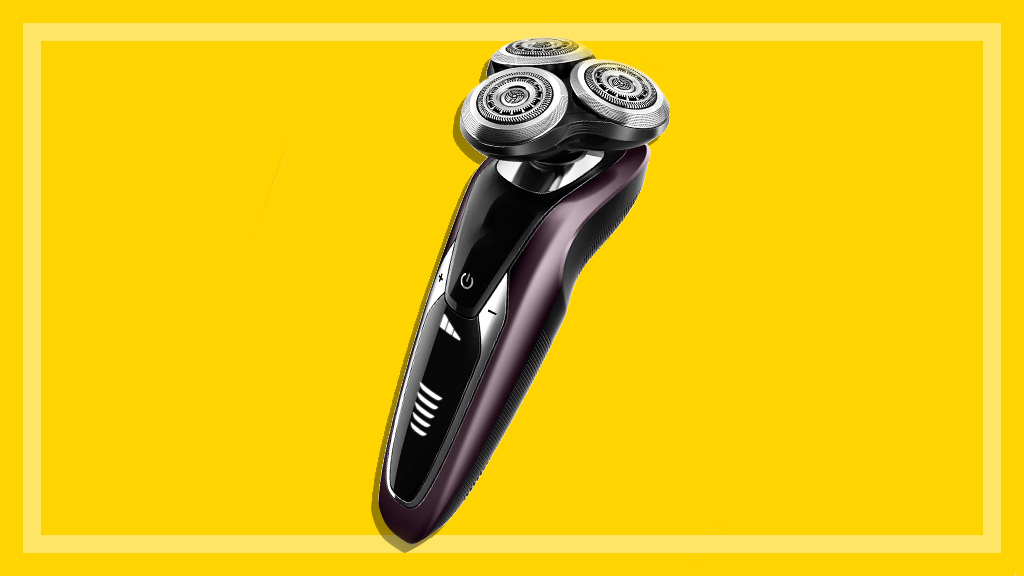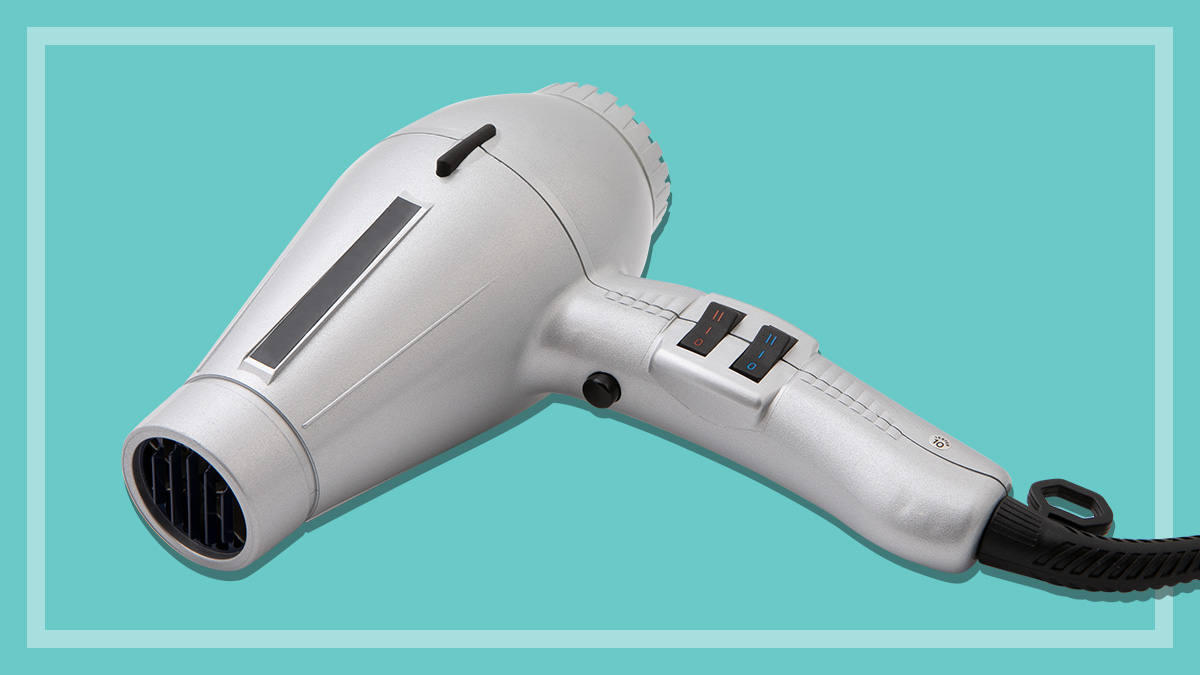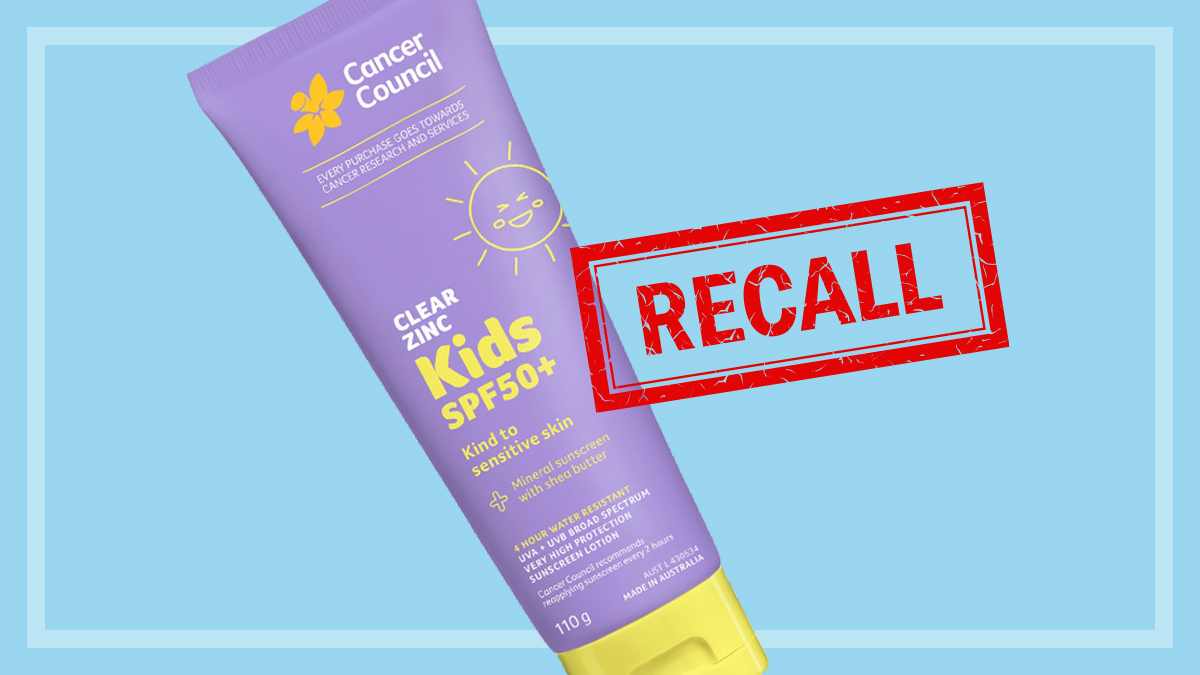Get our independent lab tests, expert reviews and honest advice.
How to find the best long-term hair removal method

Laser hair removal and IPL
On this page:
Laser hair removal uses a single wavelength of light (laser) to target, heat and damage hair follicles. It’s been shown to successfully reduce hair growth but, unlike electrolysis, it can’t claim to permanently remove hair. Intense pulsed light (IPL) is a newer treatment than laser that works on the same principle, but instead of using a single wavelength, a flash lamp emits hundreds of wavelengths in each burst of light.
Laser and IPL can treat large areas (such as the back or legs) at once, so it’s much faster than electrolysis (and IPL is faster than laser). But you’ll still need to have multiple treatment sessions as this kind of treatment is most effective when hair is in the ‘growing’ phase, and only a certain proportion of hairs are in this phase at any one time. Most people need three to six treatments.
Who is laser hair removal and IPL for?
Laser and IPL treatment works best on people with dark hair and light skin, as the melanin in dark hair absorbs more of the laser energy. Darker skin types also have to be treated carefully as the pigment in the skin may absorb too much of the energy and cause skin damage. The Nd:YAG type of laser can be safely used on a larger variety of skin types.
Risks and side effects of laser and IPL
- Laser light can damage the eyes so you need to wear protective goggles.
- It can cause some redness around the treated area, but this should only last for a few hours.
- If not applied properly, a laser can burn the skin. There’s a risk of blistering after treatment, especially for people with darker skin.
- There’s a risk of skin discolouration (either lightening or darkening of the skin).
Find out more about the risks of IPL.
Where to get laser hair removal and IPL done
The Advanced Association of Beauty Therapists (Australia) and the Cosmetic Physicians Society of Australasia advise people to only go to an experienced laser operator working under medical supervision for treatment.
IPL at home
There is also the option of buying an IPL device to use at home. These are smaller products than you’ll find at a professional operator, but are quite expensive at around $500–$1000. Most have a specific number of flashes that they’ll deliver before the lamp dies and you have to replace it. Lamp life ranges from 50,000 to 250,000 flashes. Some are battery powered, which makes them heavier to use, and some are corded which makes the applicator lighter and easier to use. A wide difference in pricing across similar models can often be because of differing attachments included (bikini, face, etc.).
Does laser hair removal or IPL hurt?
The sensation has been likened to the feeling of an elastic band snapping hard against the skin, but some people find it much more painful than that. Some operators may provide a numbing cream to be applied 30 minutes before treatment.
Is laser hair removal, or IPL, permanent?
Many laser or IPL centres advertise that their treatments can leave you permanently hair free, but that’s not really true. Sydney dermatologist Dr Phillip Artemi says up to 20% of hair will continue to grow (albeit finer and slower), and many hair follicles will recover from the laser injury over time. He says a better term for the procedures is ”permanent hair reduction”.
How much is laser hair removal or IPL?
Prices vary significantly between operators, ranging from around $50 to $130 per session for the top lip and from $120 to $250 for the bikini line. Some operators offer a discount if you have more than one area treated.
Electrolysis
Electrolysis works by inserting a fine needle into the hair follicle and applying an electric current to destroy the hair root. The loosened hair is then removed with tweezers.
It’s a slow process as each hair must be treated individually, and only 30 to 40 follicles can be treated in a 15-minute session. This makes it unsuitable for large areas, such as the legs or the back. It’s often used by women to get rid of unwanted facial hair.
Who’s electrolysis for?
Electrolysis is safe for all skin types, if it’s done properly.
Risks and side effects of electrolysis
There’s a risk of electric shock if the needle isn’t properly insulated.
The operator must be properly trained. If the needle misses the mark or insufficient electricity is applied the hair root can survive. There’s also a risk of scarring if it isn’t done properly.
There may be some temporary redness after treatment.
Does electrolysis hurt?
Some people find electrolysis painful, but not many find it hurts enough to need pain relief.
Is electrolysis permanent?
Under the US Food and Drug Administration regulations, electrolysis is the only hair removal method that can claim to remove hair permanently. However, the stimulus for hair growth in an area can’t be removed so new hair growth can still occur after treatment.
How much does electrolysis cost?
Electrolysis sessions usually cost around $25 for 15 minutes.






